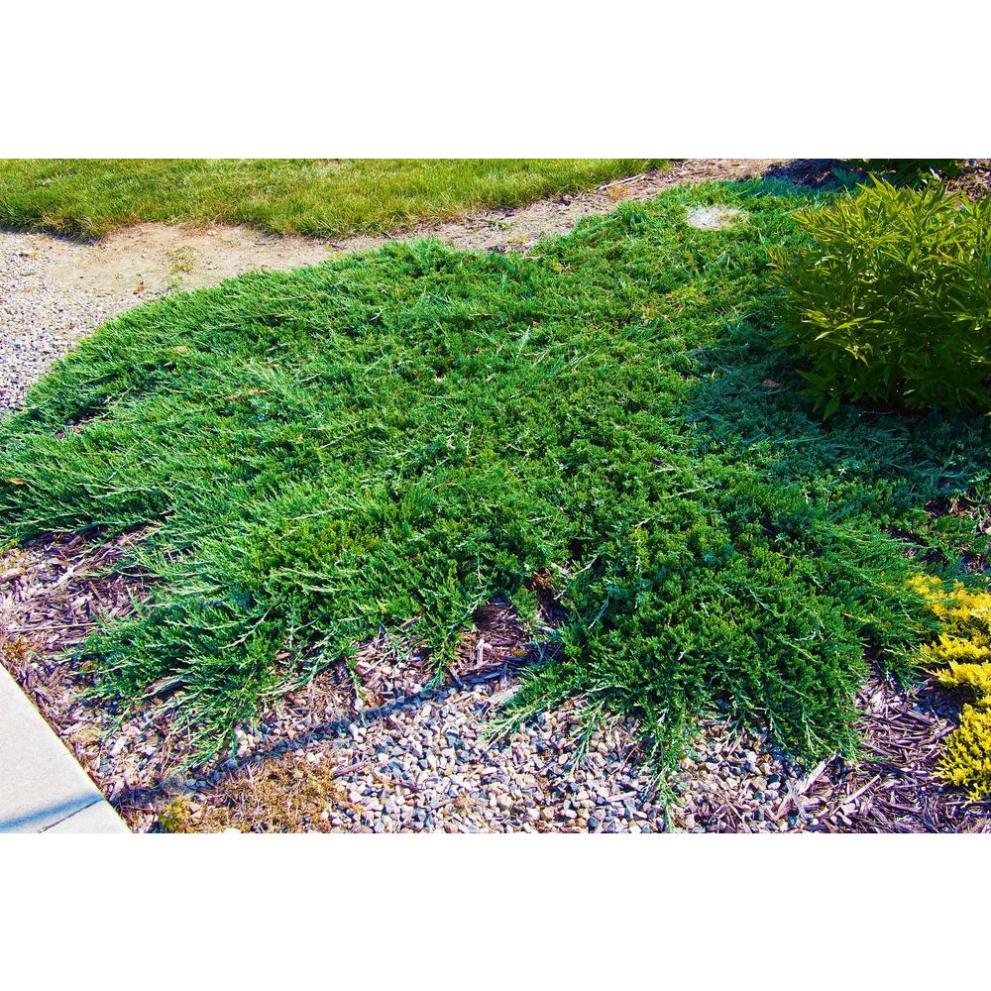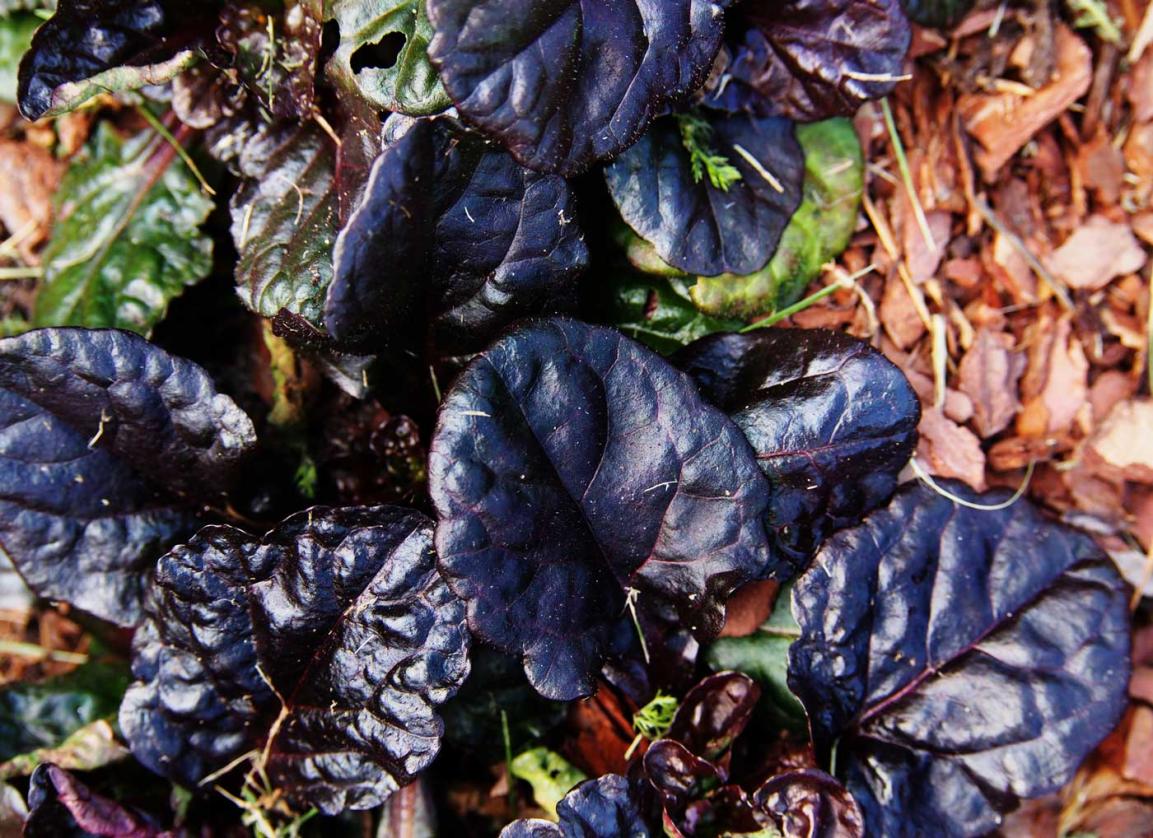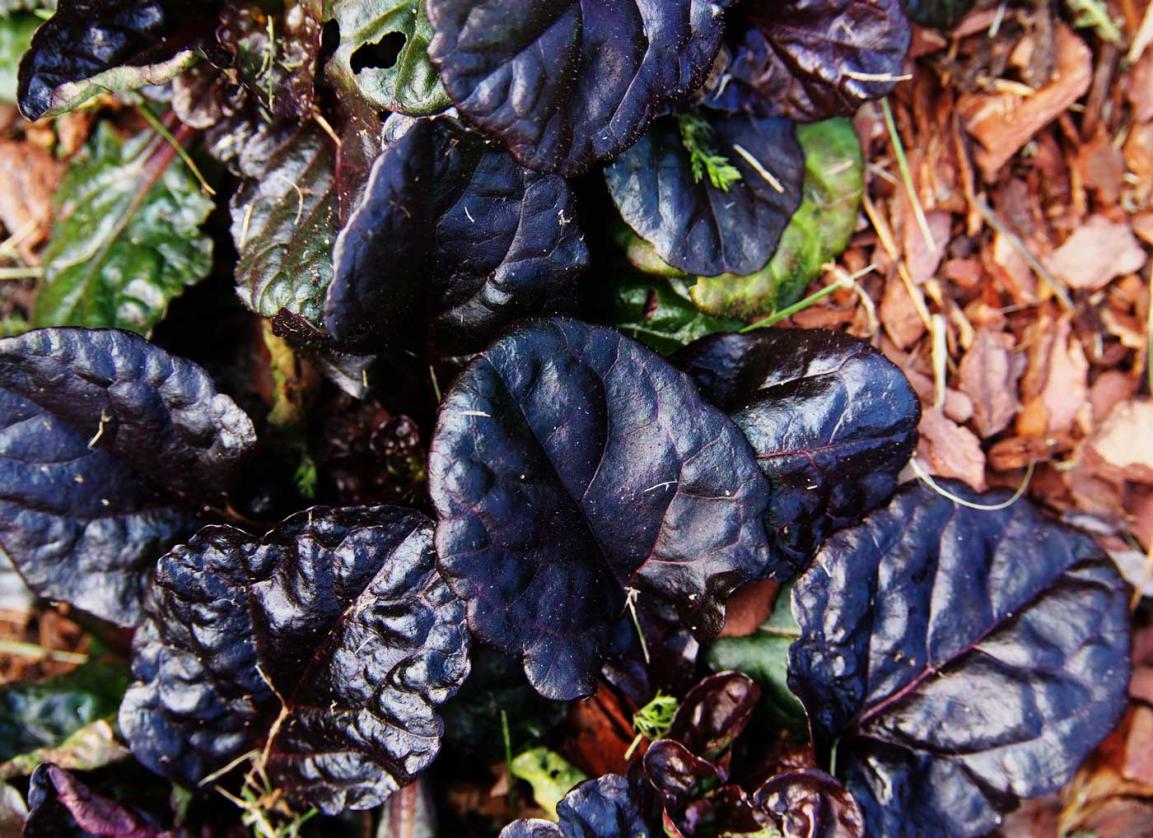How Do Satellites Collect Data About Land Cover?
Satellites are artificial objects placed in orbit around the Earth or other celestial bodies to collect data and transmit it back to Earth. They play a crucial role in collecting data about land cover, providing valuable information for various applications in agriculture, forestry, urban planning, environmental monitoring, and disaster management.

Types Of Satellites Used For Land Cover Data Collection
- Optical Satellites: These satellites use visible and near-infrared light to capture images of the Earth's surface. Examples include Landsat satellites and Sentinel-2 satellites.
- Radar Satellites: Radar satellites use radio waves to collect data about the Earth's surface, regardless of weather conditions or darkness. Examples include Sentinel-1 satellites and RADARSAT satellites.
- Hyperspectral Satellites: Hyperspectral satellites collect data across hundreds of narrow spectral bands, providing detailed information about the composition of materials on the Earth's surface. Examples include Hyperion and EnMAP satellites.
Methods Of Satellite Data Collection
Satellites collect data about land cover using various methods:
- Imaging: Satellites equipped with cameras or sensors capture images of the Earth's surface. These images can be used to identify and classify different land cover types.
- Scanning: Satellites use scanners to collect data about the Earth's surface. Scanners measure the amount of energy reflected or emitted by different objects on the Earth's surface, which can be used to identify and classify land cover types.
- Radar: Radar satellites use radio waves to collect data about the Earth's surface. Radar waves can penetrate clouds and darkness, making them useful for collecting data in all weather conditions.
Types Of Data Collected By Satellites
Satellites collect various types of data about land cover, including:
- Vegetation Cover: Satellites can identify and classify different types of vegetation, such as forests, grasslands, and croplands.
- Land Use Patterns: Satellites can identify and classify different land use types, such as urban areas, agricultural areas, and natural areas.
- Soil Moisture: Satellites can measure soil moisture levels, which is important for agriculture and water management.
- Urban Areas: Satellites can identify and classify different types of urban areas, such as residential areas, commercial areas, and industrial areas.
Applications Of Satellite Data In Land Cover Analysis
Satellite data is used in various applications related to land cover analysis, including:
- Agriculture: Satellite data is used to monitor crop growth, identify areas of stress, and estimate crop yields.
- Forestry: Satellite data is used to monitor forest health, detect deforestation, and assess forest biomass.
- Urban Planning: Satellite data is used to plan and manage urban areas, including land use planning, transportation planning, and environmental planning.
- Environmental Monitoring: Satellite data is used to monitor environmental changes, such as land degradation, desertification, and water quality.
- Disaster Management: Satellite data is used to monitor and respond to natural disasters, such as floods, earthquakes, and wildfires.
Challenges And Limitations Of Satellite Data Collection

Satellite data collection faces several challenges and limitations:
- Cloud Cover: Cloud cover can obstruct the view of the Earth's surface, making it difficult to collect data.
- Atmospheric Conditions: Atmospheric conditions, such as haze and smoke, can affect the quality of satellite data.
- Data Resolution: The resolution of satellite data can vary, which can limit the level of detail that can be obtained.
Satellite data plays a vital role in land cover analysis, providing valuable information for various applications in agriculture, forestry, urban planning, environmental monitoring, and disaster management. Despite the challenges and limitations, satellite data continues to be an essential tool for understanding and managing the Earth's land cover.

As technology advances, satellite data collection methods are improving, and the resolution and accuracy of satellite data are increasing. This is leading to new and innovative applications of satellite data in land cover analysis, helping us better understand and manage our planet's resources.
YesNo

Leave a Reply